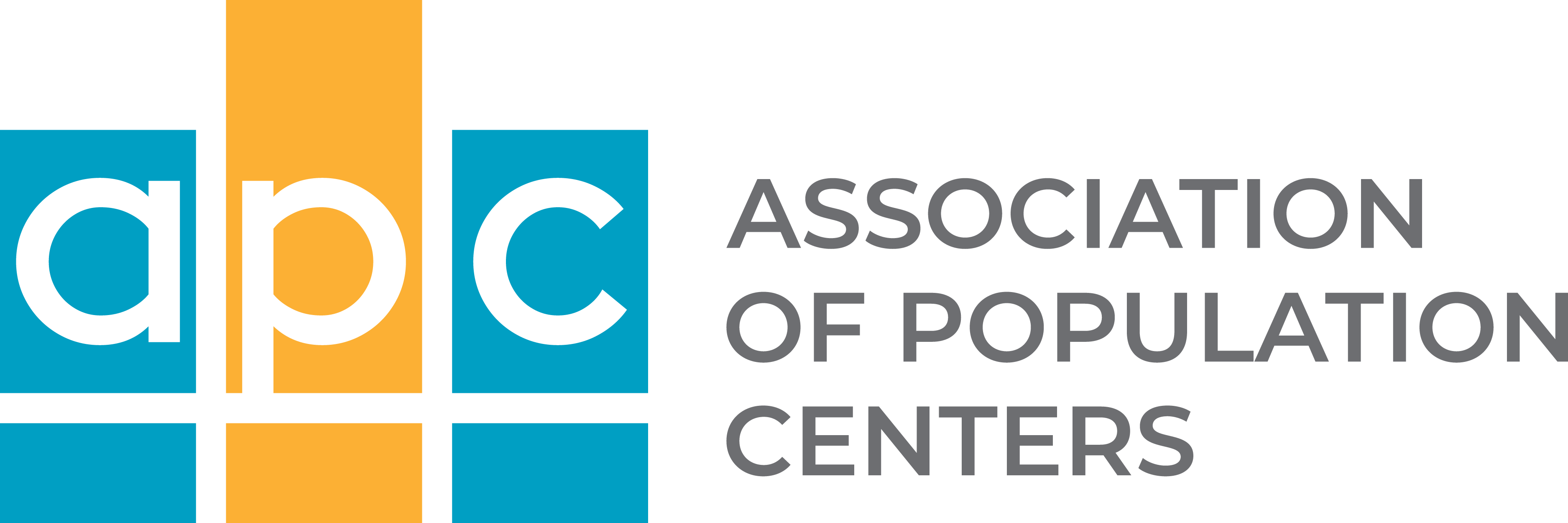Behavioral and Social Science Funding Opportunities from NIA and NIH
- NOT-CA-24-031: Notice of Special Interest (NOSI): Validation of Digital Health and Artificial Intelligence/Machine Learning Tools for Improved Assessment in Biomedical and Behavioral Research. Multiple receipt dates through July 6, 2025.
- NOT-OD-24-078: Notice of Special Interest (NOSI): Supporting the Exploration of Cloud in NIH-supported Research. Multiple receipt dates through June 19, 2026.
Pilot Funding Opportunities and Call for Papers from NIA Supported Centers and Networks
The NIA Biomarker Network is requesting applications for their Visiting Scholars Program. The program aims to provide researchers with opportunities to engage with members of the Network for a variety of collaborative activities, including learning about sample collection and processing techniques, co-developing grant proposals or research papers focused on novel statistical or biological methods, and coordinating with other cohort research groups to harmonize data and methodologies. Learn more and submit your application by June 30, 2025.
The Animal Models for the Social Dimensions of Health and Aging Research Network is offering new funding opportunities for early-career scientists whose research proposals are relevant to understanding the social determinants of health and aging via animal models or comparative studies. Learn more about the three different funding opportunities on their website once the application period opens:
- Pilot & Feasibility Awards- Application period is June 1 to June 30.
- Bruce McEwen Career Development Fellowship on Social Determinants of Health- Application period is June 15 to July 15.
- Small/Working Group Awards- Application period is July 1 to 30.
The Scientific Research Network on Decision Neuroscience & Aging is calling for paper submissions for a special issue in the Psychological Sciences section of The Journals of Gerontology, Series B: Psychological and Social Sciences on Decision Neuroscience and Aging. Submit a manuscript by August 15, 2025.
BSR Data Resource Highlight: National Longitudinal Study of Adolescent to Adult Health (Add Health)
The National Longitudinal Study of Adolescent to Adult Health (Add Health) is a longitudinal study of a nationally representative sample of over 20,000 adolescents who were in grades 7-12 during the 1994-95 school year, and have been followed for five waves to date, most recently in 2016-18 at ages 32-42. Field collection for Wave VI (when most respondents are in their mid-40s) is approaching conclusion. Wave VI includes enhanced measures relevant for mid-life health, including potential social, biological, physical function, and sensory precursors of AD/ADRD. Over the years, Add Health has collected rich demographic, social, familial, socioeconomic, behavioral, psychosocial, cognitive, and health survey data from participants and their parents; a vast array of contextual data from participants’ schools, neighborhoods, and geographies of residence; and in-home physical and biological data from participants, including genetic markers, blood-based assays, anthropometric measures, and medications.
Public data and restricted data from the project are available via ICPSR and via the CPC portal, respectively. Visit the Add Health website to learn about the study, review documentation and codebooks, learn how to access data, and see where you can connect with Add Health staff at 2025 conferences.
Resources Researchers Can Use
- New NIH Stage Model Intervention Fidelity Training Video: Watch the new video that summarizes important considerations for rigorous intervention research design at each stage of the NIH Stage Model.
- Updated Clinical Trials Templates for Behavioral and Social Research: Visit our website to access helpful templates including data and safety monitoring plan template, Data and Safety Monitoring Report Template, and conflict of interest form. These templates are adapted from the NIA toolbox for use in behavioral and social research clinical trials.
- New Public Data Releases and Updates from HRS: Read the most recent HRS newsletter to learn about the most recent data products that are available to HRS researchers.
- IMPACT Collaboratory Learning Resources: Leverage IMPACT Collaboratory’s robust library of Grand Rounds recordings, publications, and learning library training modules, including the May 2025 Grand Rounds on Bridging Research and Practice: An Update from Real World Data Scholars.
- New Educational Video on DunedinPACE: Watch the 6- minute video to learn about the DunedinPACE epigenetic aging speedometer, how it measures how fast a person is aging while they are still healthy, and potential research and health care applications.
Provide Your Input on Developing and Sharing Generative Artificial Intelligence Tools
NIH is seeking public input on how to protect controlled-access human genomic and associated data when developing generative AI tools and applications to ensure NIH policies keep pace with evolving generative AI technologies and their potential risks. Submit your comments by July 16, 2025.
Presentation Recording on the Health and Retirement Study (HRS): What We Learn by Adding Biological Measurement to an Interdisciplinary, Longitudinal, Social Science Survey
Dr. Jessica Faul, co-I of the Health and Retirement Study (HRS) and the NIA Biomarker Network, was a featured speaker at the May 2025 National Advisory Council on Aging. Her presentation, entitled What We Learn by Adding Biological Measurement to an Interdisciplinary, Longitudinal, Social Science Survey showcased data using biological measurements from the NIA-supported HRS.
You can watch her presentation on the recording of the May 2025 National Advisory Council on Aging. Dr. Jessica Faul presentation begins at 1:04:15.
Meet the Winners of Phase 2 of the PREPARE Challenge
The PREPARE: Pioneering Research for Early Prediction of Alzheimer’s and Related Dementias EUREKA Challenge seeks to advance solutions for accurate, innovative, and representative early prediction of AD/ADRD. To achieve this goal, the challenge features three phases that successively build on each other.
Visit the Driven Data Labs website to see the winners of the Phase 2 of the PREPARE challenge.
Congratulations and thank you to the winners and participants of the PREPARE Challenge!
Conferences, Workshops, & Webinars
- June 13, 2025: CONFIDE ADRD Roybal Center: Dyadic Data Collection Methods: Behavioral Observation. Virtual.
- June 24-25, 2025: RCCN Workshop: AI and Health Behaviors for Healthy Aging. Virtual.
- July 10, 2025: EMBRACE Roybal Webinars: Examining Mechanisms of Intervention Impact Using Statistical Mediation Methods. Virtual.
- Recording Available: LINKAGE Webinar Series: Using Long Life Family Study- CMS Linked Data.
